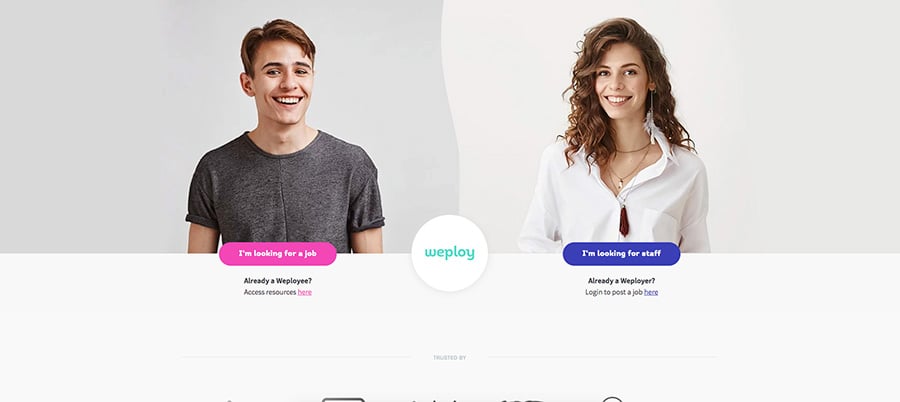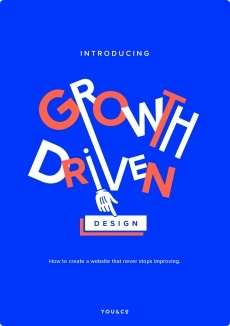Technology changes all the time, rapidly. The phone in your pocket has probably been superseded in the last month or so. It’s a crazy world and things are always changing - this should include your website. If you’re actively growing your business, your website is hopefully playing a part in that. As technology changes so does the direction and needs of your customers, and so your business must follow suit.
When you’re faced with the need to change, do you refresh your website or do you go for a full-blown redesign?
There are many factors that come into play here including timeframe and budget availability - it’s an important decision that has consequences.
Unfortunately, there is no one size fits all answer. It all depends on your business and why you need to make the change - but let's cover both sides of the argument before you make a decision.
The Case For Restarting
If you talk to a developer (like me), the suggestion will most likely be to restart. Code practices change as fast as anything else in tech and no developer wants to get caught supporting code that’s clunky or just doesn’t work anymore. And from the businesses perspective, unless the developer has an intimate understanding of the code and how everything relates, there might be costly surprises that spring up. This will always happen at the worst time, normally just before launch day - am I right?
On the other hand, restarting allows you to dig deep into the project and bring a strong strategy to align with your business. It gives you a blank slate. And while it might take more time and money to restart, it could be quicker and cheaper than working with the existing site.
Just like my first car - we called it the green machine - there was a point where $50 from the scrap yard was more appealing than the mechanic's quote to fix it.
To simplify:
Pros:
- Can work from a higher level strategy and make larger sweeping changes
- Can adopt new technology and approaches, or change platforms
- Can be quicker and cheaper in some scenarios
- Can move away from unfortunate situations like vendor lock-in by previous providers
Cons:
- Can take longer and cost more if not planned well
- You could be losing parts of the website that are working
- Key roles in the business are required to dedicate time to the project to ensure success
- Can be disruptive to business as you are relying on your existing website until the new site is ready
Does this sound like a position you are ready to be in?
The Case For Refreshing
Don’t be tempted to throw everything out and start again without some analysis. If you’ve had a website running for a period of time, there are likely things that are working and insights that are still valid. By starting from scratch, you may be putting yourself at a disadvantage if you don’t have a clear understanding of what is working on your site. Do you want to lose your SEO optimisation that might have been building up for years, through an under-baked change?
The main takeaway here is to consider your overall strategy, how your website is contributing and what changes you need to make to ensure that success continues in the future. Take warning that if you do decide to refresh, without considering the bigger strategy, then you are just putting makeup on a pig. It’s worth undertaking an assessment and looking at the numbers before making any assumptions.
Refreshing a site is a great approach if done correctly, the project doesn’t have to be major. You can build and expand, test and measure, responding to data and the market to get results quickly.
Pros:
- Can address immediate issues quickly
- Can use data-driven approaches to improve the website
- Can be an agile way to run the website at a pace that suits your business
- Does not take as much time or energy from key roles in the business to complete
Cons:
- You may not be able to make high enough level strategic changes that will add value
- You will be dealing with the complexity of making changes to existing elements and having the changes affect other parts of the site or third party services. Careful planning needs to be done to make sure changes aren’t detrimental to other areas
- As this isn’t a shiny new website, without treating it with the same respect will make the result inconsequential
What's the Best Approach?
The ideal scenario is a combination of the two. Restart to create a strong flexible foundation that will let you change and adapt over a period of time - this is often referred to as Growth Driven Design (GDD). With that strong foundation, you can complete many refreshes until you get to a point again where the foundation needs to change from a strategic position. Rinse and repeat - keeping track of what has worked and what doesn’t - so you continue to move forward.









